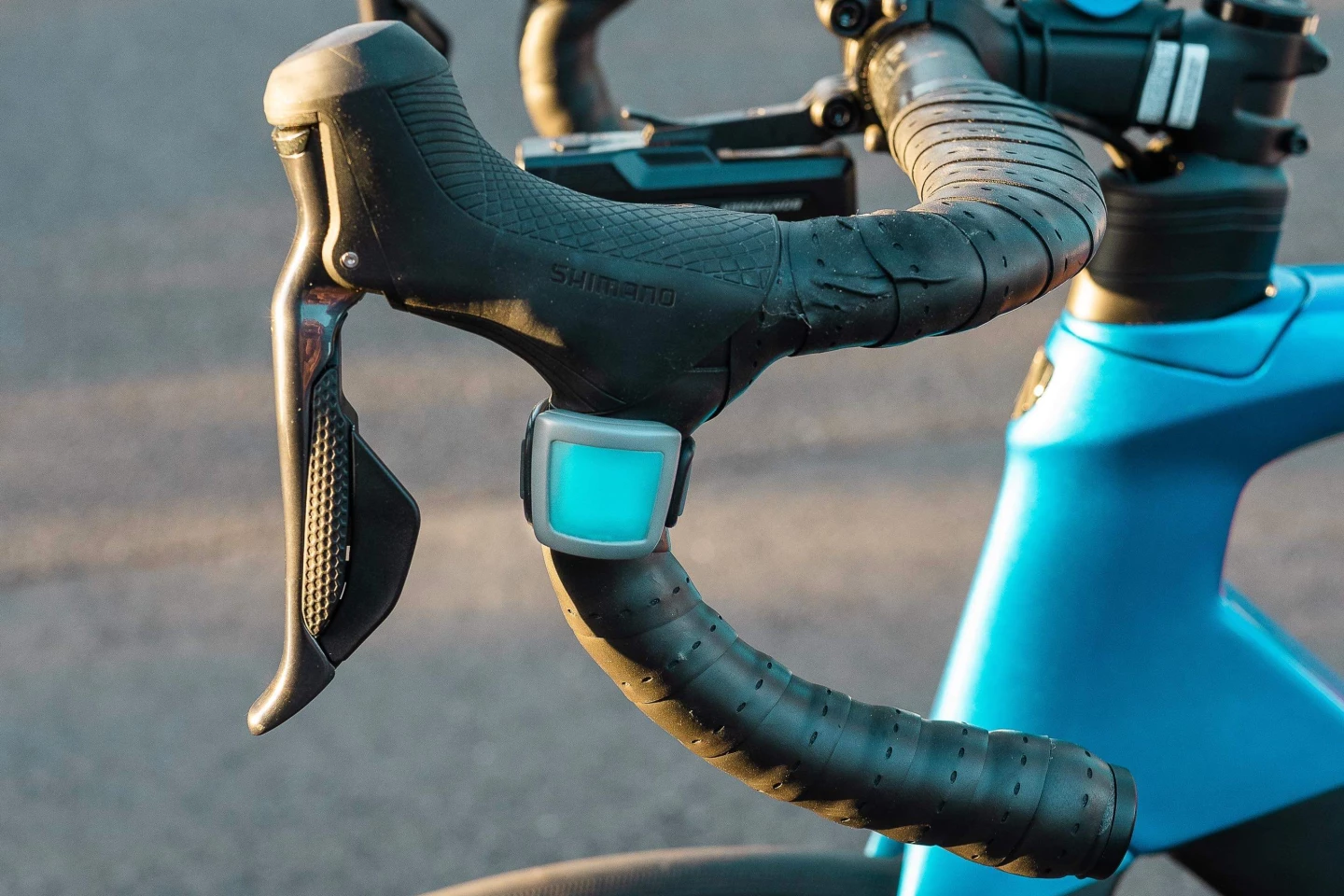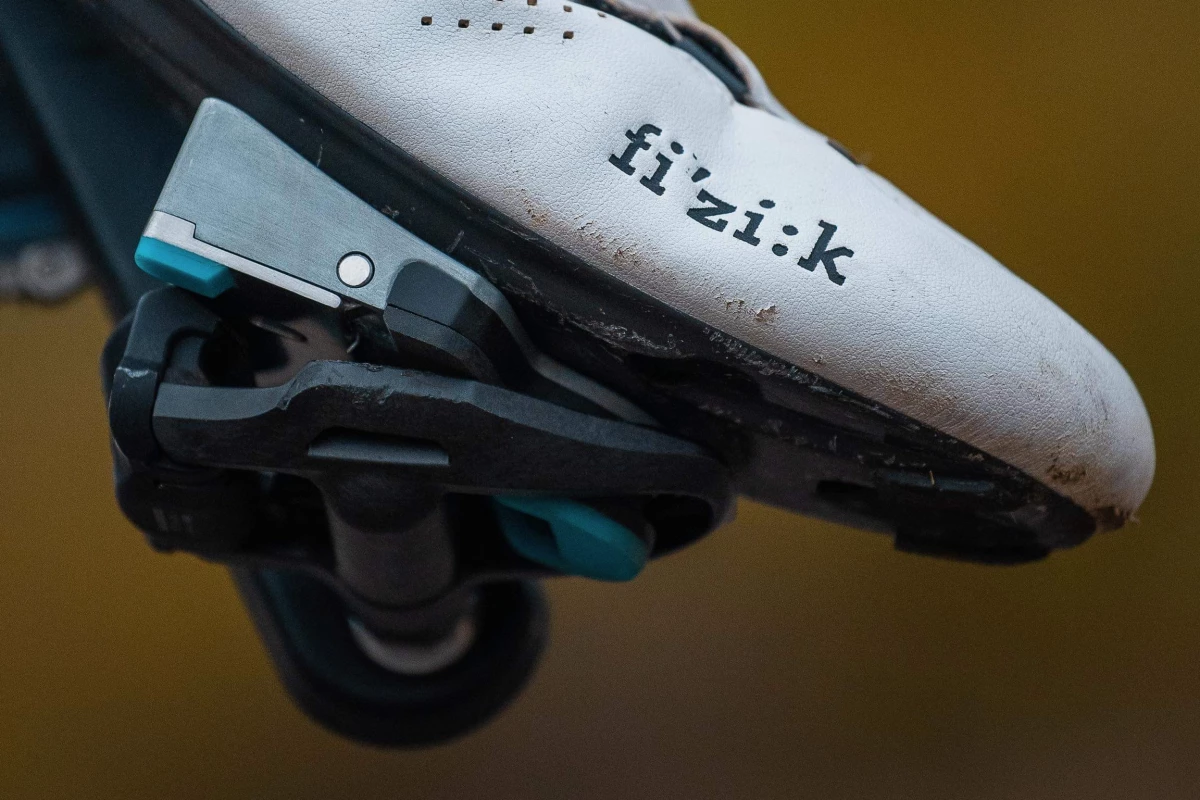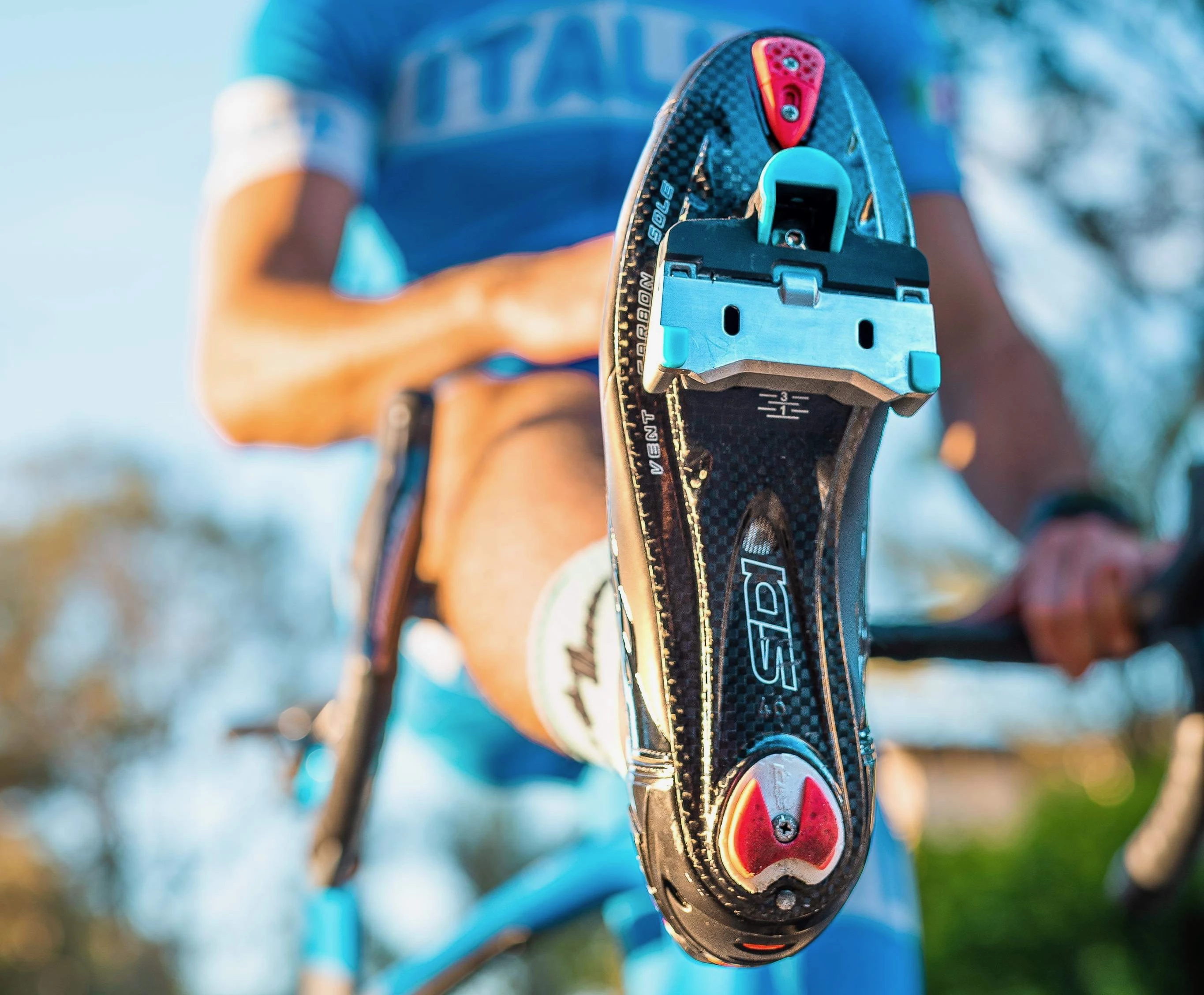While so-called clipless pedals are used by many serious cyclists, some riders still worry about not being able to get their feet off the things when coming to a stop. That's where the Cleat It system comes in, as it electronically releases the feet with the press of a button.
In case you're unfamiliar with clipless pedals, they incorporate a spring-loaded mechanism which engages a cleat that's attached to the underside of the rider's shoe. This keeps the feet attached to the pedals, allowing the cyclist to both push and pull on the pedals throughout each crankset revolution, as opposed to just pushing down on them.
With most clipless systems, the shoe can be disengaged from the pedal by twisting the foot and moving it outwards. In the odd situation, however – perhaps for some riders more than others – this can't be properly done, so the cyclist ends up falling down onto the road.
That happened to the father of Australian cyclist Bryn Friedmann, resulting in a broken wrist. The incident also resulted in Bryn inventing Cleat It.

Currently on Kickstarter, the system incorporates special cleats which are compatible with third-party cycling shoes and Shimano clipless road pedals (a Look-compatible version may also be offered). The cleats pop into the pedal mechanism in the usual way, and can be released with the traditional outward twist, in situations where there's plenty of time to "unclip."
Additionally, however, pressing a wireless handlebar-mounted button temporarily powers up an electromagnet in each cleat, causing a retaining arm within the cleat to retract. This allows a hinged plate inside the cleat to open, which in turn lets the rider simply lift their foot straight up off the pedal.

The idea is that users will push the button whenever they anticipate having to suddenly stop, such as when approaching intersections. It should be noted that they'll still be able to pedal even when the retaining arm is retracted – as long as they don't try to pull up on the pedals – plus the electromagnet will proceed to shut off on its own, reengaging the cleat.
Should you be interested in getting a Cleat It system of your own, a pledge of AU$110 (about US$78) is required. Assuming it reaches production, the setup should retail for AU$180 (US$128).
Source: Kickstarter






